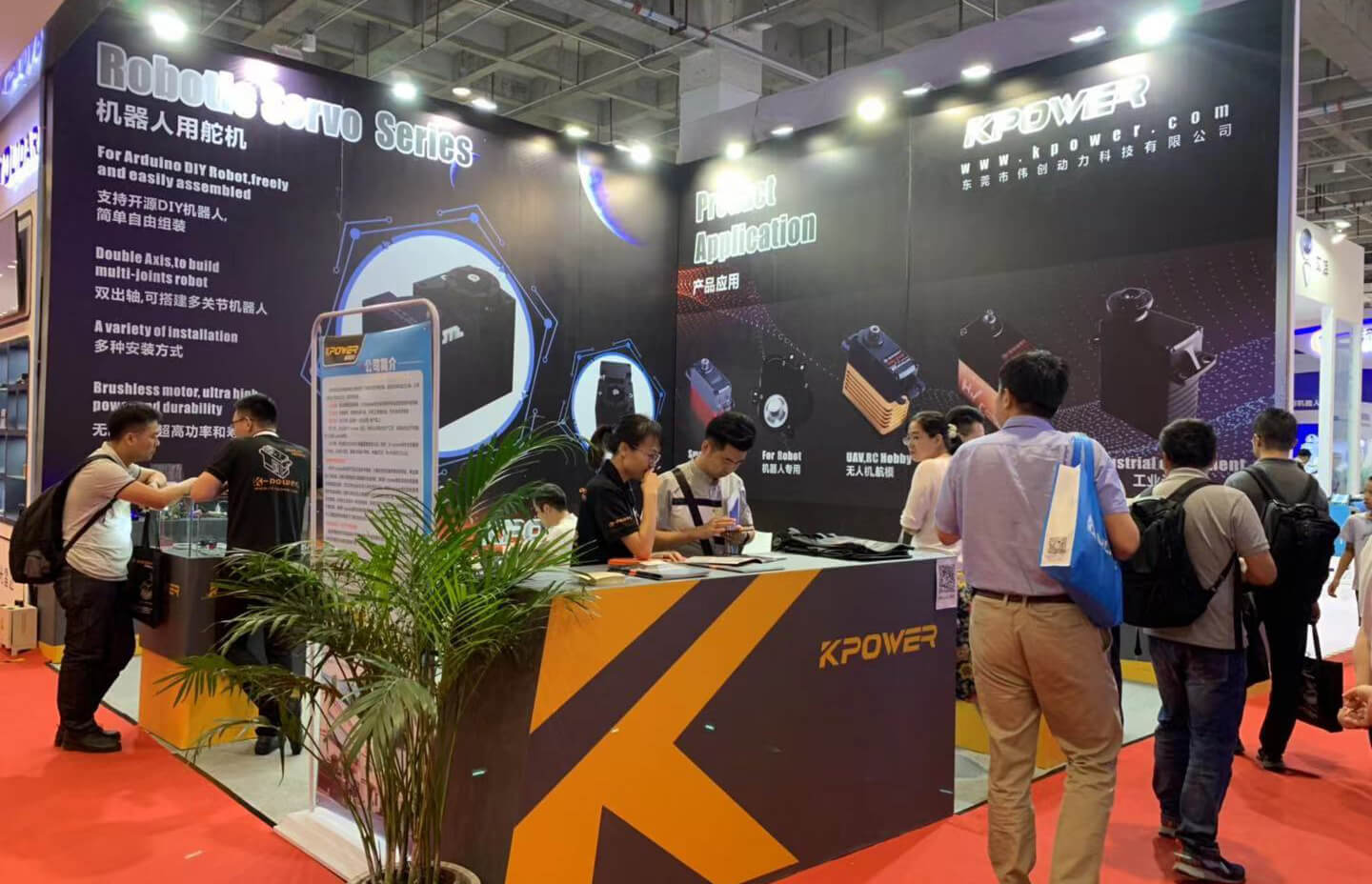Imagine a tiny marvel that can move with astonishing accuracy from a complete halt to almost a full half-circle—this is the essence of a 0 to 180-degree servo motor. In the world of robotics, automation, and electronic projects, these compact powerhouses have carved out a niche for themselves, enabling machines and devices to exhibit precise, controlled motions that mimic biological movement, such as an arm reaching out to grasp an object.

At its core, a servo motor is a specialized type of rotary actuator designed to provide precise position control. Unlike standard motors that spin indefinitely, the servo motor’s key feature is its ability to hold a specific position. This is achieved through a sophisticated feedback system, generally involving a potentiometer and a control circuit, which constantly monitors the current position and adjusts the motor's movement accordingly. The result? An unmistakably accurate and responsive device that can be precisely tuned to align with commands.
The “0 to 180 degrees” specification is particularly significant. It indicates the servo's range of motion—from a startup position, often set at 0 degrees (or a default neutral position), to a maximum rotation of 180 degrees. This semi-circular movement is more than just a mechanical limit; it unlocks endless possibilities across various fields, from hobbyist robots to sophisticated industrial machinery.
From a functional perspective, a typical hobby servo motor you might find in a remote-controlled airplane's control surface or in a robotic arm relies on a pulse-width modulation (PWM) signal. This signal encodes the desired angle. For instance, a pulse width of about 1 millisecond might correspond to 0 degrees, whereas 2 milliseconds could deliver a command for 180 degrees. The servo's internal circuitry reads this signal and positions the motor shaft accordingly. Because the motor can respond rapidly to changing commands, it allows for smooth, predictable, and repeatable movement.
What makes these servos so appealing is their simplicity paired with impressive precision. They are lightweight, easy to incorporate into circuits, and remarkably affordable. This affordability has made them a staple not only for engineers and hobbyists but also in more specialized applications. An understanding of their internal mechanics reveals why they are so reliable and adaptable.
Inside a typical 0 to 180-degree servo, you'll find a small electric motor, a series of gears, and a feedback device—usually a potentiometer. When the control signal (PWM) is applied, the motor turns, rotating the gears that translate the motor’s rotation into the movement of the output shaft. The feedback potentiometer continuously measures the shaft's position, sending this data back to the control circuitry to adjust the motor’s operation until the exact commanded angle is achieved. This closed-loop system ensures high accuracy and repeatability, making servo motors indispensable for applications demanding nuanced positioning.
In addition to their mechanics and control systems, 0 to 180-degree servo motors are known for their robustness and ease of customization. Many models are built to operate under a wide temperature range and can sustain frequent movements without significant wear. Hobbyists and engineers alike love that they can modify or ‘tune’ these servos—changing gear ratios, adjusting torque, or even tweaking internal electronic components—to suit specific project needs.
Furthermore, their versatility extends beyond robotics. In artistic installations, for instance, precise servo control enables dynamic sculptures and kinetic art, giving life to inanimate objects. In home automation, servos control blinds, curtains, or even automated pet feeders, seamlessly integrating into smart home systems. The automotive industry also employs servo mechanisms for applications like adjustable mirrors, adaptive headlights, or throttle controls.
However, working with 0 to 180-degree servo motors isn't without its challenges. One must be aware of their power limits—exceeding torque specifications can damage the gears or internal circuitry. Overloading the servo or forcing it beyond its physical range can cause mechanical failure. Proper calibration, adequate power supply, and understanding load demands are essential for reliable operation.
As technology advances, newer generations of servo motors are integrating digital controls, allowing for even finer resolution, faster response times, and enhanced programmability. Some models include feedback sensors that provide real-time position data to microcontrollers, enabling closed-loop control systems that achieve extraordinary accuracy.
The future of servo motors, especially those operating between 0 to 180 degrees, looks bright. Researchers are exploring new materials, miniaturization techniques, and smarter control algorithms. The goal is to develop servo systems that are smaller, more efficient, and capable of even more complex movements—opening doors to innovations like soft robotics, bio-inspired machines, and highly autonomous systems.
In summary, the 0 to 180-degree servo motor embodies a perfect marriage of mechanical ingenuity and electronic sophistication. Its ability to translate simple electrical signals into precise mechanical movements makes it an essential tool in a wide array of technological endeavors. Whether for hobbyists building their first robot or engineers designing next-generation automation systems, understanding the potential of these compact devices can transform ideas into reality.
Kpower has delivered professional drive system solutions to over 500 enterprise clients globally with products covering various fields such as Smart Home Systems, Automatic Electronics, Robotics, Precision Agriculture, Drones, and Industrial Automation.




































